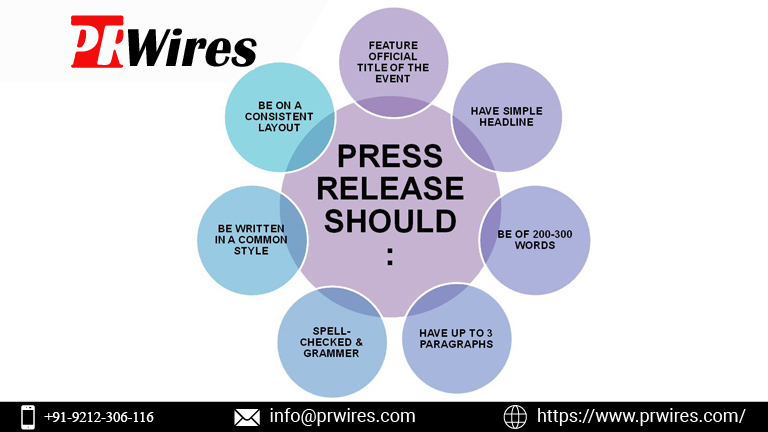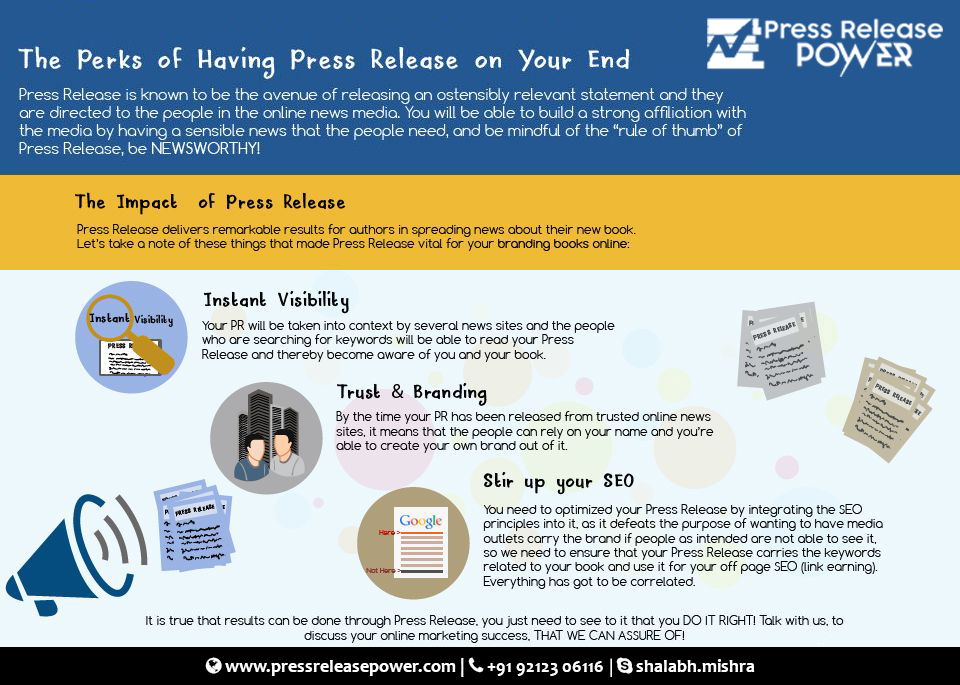APA, MLA, or Chicago? Choosing the Right Citation Style for Your Paper

Putting ideas into words is only one aspect of composing a research paper or thesis. Accurately citing your sources is one critical component. Citations assist you avoid plagiarism, acknowledging other authors, and letting the reader know where your material is from. However, how would you choose a reference style? Three of the most notable formats APA, MLA, and Chicago each have their set of rules. This post will assist you with understanding how to choose between APA, MLA, and Chicago citation styles and choose the one that fits your paper's needs.
Why Citation Styles Matter
Citation styles offer a consistent strategy of recognizing sources, which progresses the readability and professionalism of papers. Your work could seem aimless and lose validity if you do not follow a precise citation style. The formatting requirements for reference lists, in-text citations, and overall structure vary depending on the academic topic being addressed by each style. Selecting the correct citation style for your work requires an understanding of these distinctions.
Overview of APA, MLA, and Chicago Styles
Before discussing how to settle on a choice, we should check out the distinctions between these three styles:
-
APA (American Psychological Association)
-
Commonly utilized in social sciences like psychology, education, and human science.
-
Emphasizes the year of publication, making it perfect for areas where recent research is vital.
-
Example: (Smith, 2022).
-
MLA (Modern Language Association)
-
Preferred in the humanities, especially literature, art, and philosophy.
-
Focuses on page numbers for precise referencing of texts.
-
Example: (Smith 45).
-
Chicago Style
-
Often used in history, business, and fine arts.
-
Offers two formats: Notes and Bibliography (footnotes/endnotes) and Author-Date (similar to APA).
-
Example (Notes): 1. John Smith, Title of Book (Publisher, Year), 45.
How to Choose the Right Citation Style
The type of paper you're composing, your subject of study, and your professor's requirements all impact the citation style you use. Let's look at these things in more detail:
-
Field of Study
Every academic field generally uses a certain citation style:
-
If you're writing about health studies or the social sciences, use APA.
-
If your work focuses on language, literature, or cultural studies, choose MLA.
-
If your paper is for a history or art class, choose Chicago.
-
Professor or Institution Guidelines
To find out if the instructor or institution requires a particular style, always check with them. Certain universities have specific formatting guidelines, while others may allow you to select.
-
Type of Paper
Your decision is also influenced by the nature of your paper:
-
APA is most effective for analytical research that highlights recent studies.
-
MLA is better suitable for text or literary analysis.
-
Chicago style is the best option if your article uses a lot of historical or archival materials.
Advisors or experts who provide data collection services can also assist students working on a dissertation in determining which citation style is appropriate for their field.
APA Style: Ideal for Science and Research
Because it places a strong focus on accuracy and clarity, APA is the recommended style for works that are scientific and highly research-based. This format makes it easier for readers to assess how recent your sources are by stressing the author's name and the year of publication.
For example, in a psychology paper, you might write:
-
“Studies show that sleep improves memory retention (Johnson, 2021).”
APA is widely used for research papers that contain statistical data because of its comprehensive formatting requirements for tables, charts, and figures.
To make sure your work complies with APA guidelines, you might want to look into hiring experts to buy dissertation abstract. This is particularly helpful if your line of work requires a high degree of accuracy.
MLA Style: Perfect for the Humanities
Page numbers are given priority in MLA format, which makes it perfect for citing certain lines in works like plays, poetry, or books. The goal of this style is to make it easier for the reader to locate the source.
For instance, in a literature paper, your citation might look like this:
-
“Shakespeare’s use of irony is evident in Act 3 (Smith 120).”
A "Works Cited" page, as opposed to a "References" page, is additionally required by MLA, with entries sorted alphabetically by the last name of the creator.
Chicago Style: Flexible and Comprehensive
One distinctive feature of the Chicago Manual of Style is that it provides two systems:
-
Bibliography and Notes: This method includes a bibliography at the conclusion and citations in the form of footnotes or endnotes. For papers with a lot of source material, such as historical research, it's perfect.
-
Author-Date: This approach is utilized for scientific and social research writings, much like APA.
For instance, a footnote in Chicago style might look like this:
-
John Doe, History of Civilization (New York: Academic Press, 2020), 87.
Because of its adaptability, the Chicago style is a choice among authors who require a more customised approach to citations.
Common Challenges in Choosing a Citation Style
Selecting the appropriate citation style can be challenging for many students, particularly when the standards are unclear. The following advice can help you get past these obstacles:
-
Uncertain Needs: Consult your course syllabus or your professor if you're not sure which style to utilise.
-
Multiple Styles: Try utilising the style that is most pertinent to the main topic when writing for multidisciplinary studies.
-
Formatting Problems: Although they might make the process easier, tools like citation generators should be double-checked for mistakes.
Final Thoughts
One of the main moves toward scholarly composing is choosing the proper reference style. It guarantees that your work is understandable, smooth, and reliable. You can approach any composing assignment with assurance if you know how to select among the APA, MLA, and Chicago citation styles.
There is a citation format for each field and reason, ranging from the science-heavy APA to the literature-focused MLA and the flexible Chicago style. To make your work sparkle, remember that planning is the key to success. To begin, define the guidelines, research the styles, and, if necessary, get professional assistance. Your work will not only satisfy academic requirements but also make an impression on your readers if you use the proper citation style.
What's Your Reaction?


















